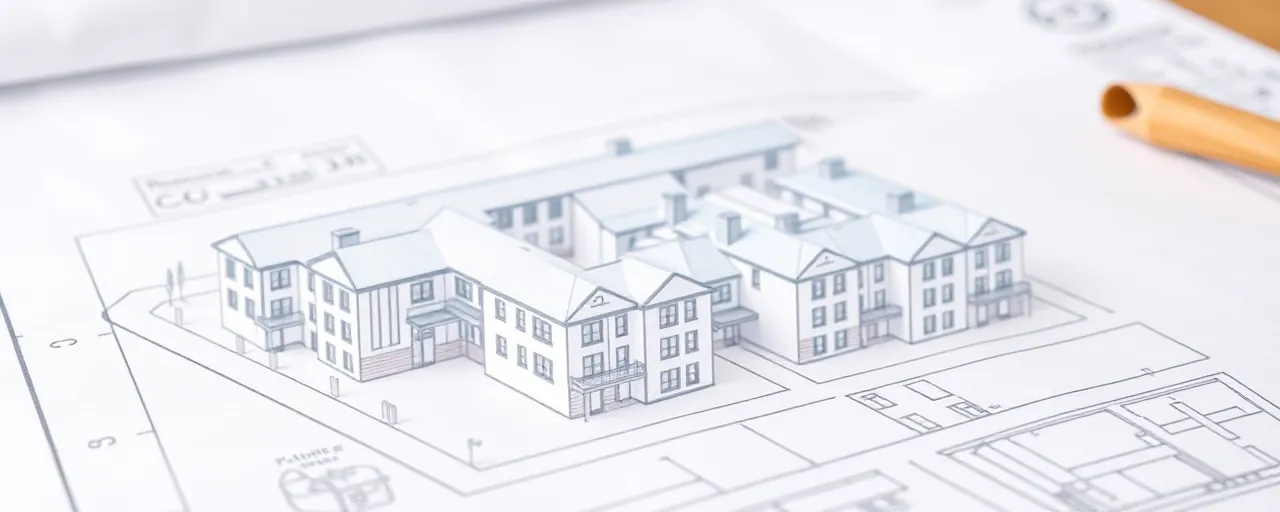A Year of Reckoning for Housing Equity
Across New York, the push for fair housing hit a tangible milestone this week. On April 8, 2025, state officials revealed that over the past year, more than $320,000 has been awarded to individuals who faced discrimination while seeking a place to live. The announcement came from Albany, where the New York State Division of Human Rights detailed its efforts to tackle complaints ranging from racial bias to accessibility failures. It’s a figure that lands with weight for anyone who’s ever felt the sting of being turned away from a home for reasons beyond their control.
This latest move coincides with Fair Housing Month, a time when the state reflects on the federal Fair Housing Act’s 57th anniversary. Signed into law in 1968, that legislation aimed to dismantle barriers rooted in race, religion, and other traits. New York’s landmarks, from Niagara Falls to One World Trade Center, glowed blue on Tuesday night to honor the occasion. For many, it’s a vivid reminder of how far housing rights have come, and yet how much distance remains to be covered.
Cracking Down on Unfair Practices
The Division of Human Rights, tasked with investigating housing complaints, has been busy. In 2024 alone, it handed out $321,000 in settlements, with $137,000 awarded so far in 2025. Beyond the dollars, the agency has secured changes that hit closer to the ground: housing providers agreeing to fair housing training, new anti-discrimination policies, even physical upgrades like ramps for wheelchair users. One case saw a co-op pay $15,000 and post fair housing notices after a family claimed bias over age and national origin. Another forced a property manager to install a ramp after neglecting disability needs.
These wins don’t come easy. Every complaint gets its own deep dive, and not all end in payouts or fixes. Still, the ripple effect matters. When a landlord or broker faces real consequences, it’s a signal to others that the rules aren’t just words on paper. Across the U.S., similar efforts echo this approach. The Department of Justice, for instance, recently wrapped up lawsuits in 2025 targeting widespread violations, locking in reforms and damages. But with federal funding for housing enforcement dipping under the current administration, states like New York are stepping up to fill the gap.
The Bigger Picture: Barriers Still Stand
Housing discrimination isn’t a New York problem alone; it’s a national one with deep roots. Disability-related complaints, for example, make up over half of all fair housing cases filed each year, a stat that hasn’t budged much since protections were added in 1988. A March 2025 settlement in four southern states forced upgrades to 5,300 apartments after accessibility lapses, showing how uneven compliance can be. Then there’s the issue of rental subsidies. Nationwide, voucher holders often hit walls when landlords balk at accepting programs like Section 8, even where state laws forbid that refusal.
New York’s response has been to double down. Last year, the state stretched the window for filing complaints to three years and banned insurers from dodging affordable housing projects. Advocates for tenants cheer these steps, pointing to real relief for people priced out or pushed aside. Yet voices from the housing industry argue the rules can feel like a squeeze, piling on costs and red tape. Rising rents and shrinking rental assistance funds only muddy the waters further, with 60,000 households reportedly at risk of eviction as emergency aid dries up in 2025.
Looking Ahead: A Work in Progress
The spotlight on housing equity isn’t fading anytime soon. On April 9, the Division of Human Rights hosts a day-long conference in the Bronx titled 'We All Belong Here,' marking its 80th year of battling discrimination. Panels will dig into everything from segregation’s legacy to the nuts and bolts of enforcement. It’s a chance to take stock of what’s working and what’s not. For everyday New Yorkers, the stakes are clear: a home isn’t just a roof; it’s stability, dignity, a shot at building a life.
Progress is real, but it’s patchy. The $320,000 in awards and lit-up landmarks grab attention, yet they sit against a backdrop of stubborn challenges. Housing advocates stress that state-level wins can’t fully offset federal cutbacks or the sheer scale of need. Landlords and real estate groups, meanwhile, call for balance, wary of regulations outpacing practicality. As Fair Housing Month unfolds, the question lingers: are these efforts a turning point, or just another step in a marathon that’s nowhere near the finish line?
